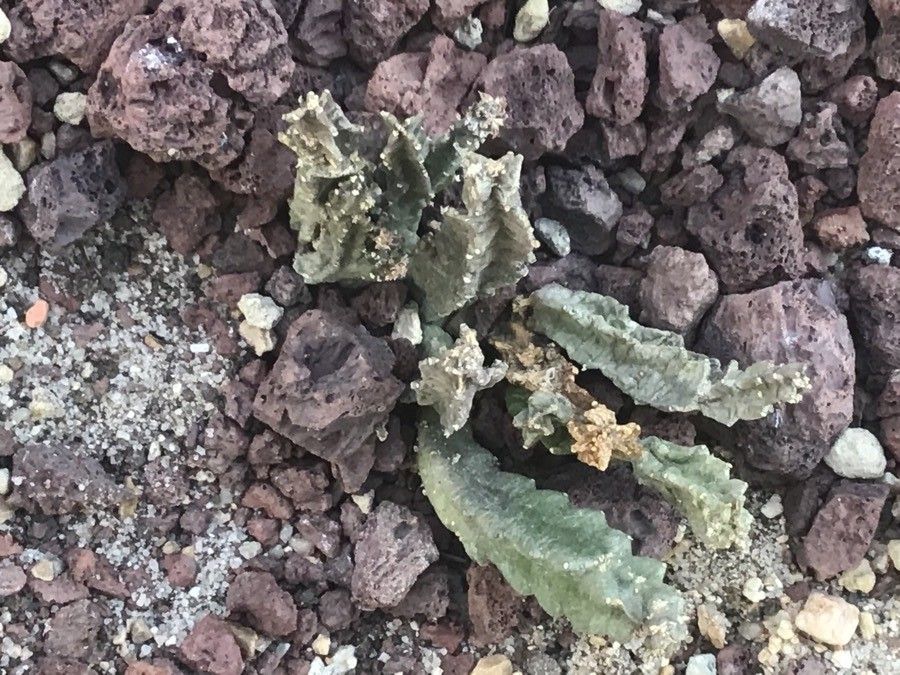Propagating Apteranthes munbyana: A Gardener’s Guide
Apteranthes munbyana, while lacking a widely known common name, is a fascinating succulent plant captivating gardeners with its unique aesthetic qualities. Its precise characteristics vary depending on the specific cultivar, but generally, it features plump, often bluish-green leaves arranged in attractive rosettes, and occasionally produces delicate flowers. Its relative rarity and intriguing appearance contribute to its growing popularity, making propagation a sought-after skill among enthusiasts. However, propagating Apteranthes munbyana presents unique challenges, necessitating patience and a tailored approach.
Seed Germination:
Currently, there are no known reliable methods for seed germination propagation of Apteranthes munbyana. While the plant does produce seeds, their viability and germination rate appear extremely low, even under carefully controlled conditions. Extensive research is needed to determine optimal germination techniques, including potential stratification requirements or specific hormonal treatments.
Cuttings:
Propagating Apteranthes munbyana through cuttings offers a more promising, albeit still challenging, approach.
Challenges: Cuttings are prone to rot if not handled carefully. The optimal time for taking cuttings is during the plant’s active growing season. Using a sharp, sterile blade to prevent disease transmission is crucial.
Practical Tips: Take stem cuttings of approximately 5-7 cm in length, allowing the cut end to callous over for a few days before planting in a well-draining succulent potting mix. Ensure the planting mix is slightly moist but not waterlogged. Propagating in a warm, bright location (but avoiding direct sunlight) and providing adequate ventilation is essential to prevent fungal diseases. The use of a rooting hormone may improve success rates.
Rewards: Cuttings offer a relatively straightforward method for creating genetically identical copies of the parent plant, preserving desirable traits.
Division:
Division of established Apteranthes munbyana plants is another viable propagation method.
Challenges: This method requires a mature, well-established plant with sufficient offsets (or “pups”). Carefully separating these offsets without damaging the roots or the parent plant is crucial for success.
Practical Tips: Division is best performed during the spring or early summer when the plant is actively growing. Use a sharp, clean knife or trowel to carefully separate the offsets, ensuring each division has its own root system or a healthy portion of roots. Plant the divisions in a well-draining succulent potting mix and water sparingly until established.
Rewards: Division is usually faster and more successful than cuttings, providing multiple plants simultaneously.
Tissue Culture:
Tissue culture offers a potential solution for large-scale propagation of Apteranthes munbyana.
Challenges: Tissue culture requires specialized equipment, sterile laboratory conditions, and expertise in plant tissue culture techniques. Establishing a protocol optimized for Apteranthes munbyana would necessitate significant research and experimentation.
Practical Tips: There are no readily available protocols for this plant. This method must be developed and tested. Success depends on finding the right combination of media composition, growth regulators, and environmental conditions.
Rewards: Tissue culture allows for rapid multiplication of genetically identical plants and disease-free stock, making it invaluable for commercial purposes.
Conclusion:
Propagating Apteranthes munbyana presents a unique challenge, demanding both patience and a multifaceted approach. Currently, cuttings and division provide the most reliable methods, but even these require meticulous attention to detail to avoid rot and ensure successful rooting. While tissue culture presents the potential for large-scale propagation, it requires significant investment and expertise.
The unique satisfaction derived from successfully propagating this captivating succulent lies precisely in overcoming these hurdles. The rewarding sight of a new plant emerging from a cutting or a successfully divided offset provides a deep sense of accomplishment, highlighting the unique connection gardeners forge with their plants through this process. Therefore, embracing the challenges, mastering the techniques, and celebrating the successes is what makes propagating Apteranthes munbyana a truly rewarding endeavor, one that encourages perseverance and celebrates the beauty of nature’s intricacies.

